
- +49 7129 93 623 0
- schoenitz@gosetti.net
- Mon - Fri: 8:00 - 17:00
Illustrate impressively
As a specialist for 3D Visualization, 3D animation and post-production, we design and produce high-quality and photo-realistic image and film materials. These visualizations and animations can be used in many ways and offer companies enormous cost advantages.
We offer our clients the whole process chain of digital visualization. For this, we process your CAD data, prepare, model, texturize and render these. This is followed by post-production and data conversion.
The digital visual material, the 3D visualization, is gladly used by our customers in the company or made available to external partners and suppliers.
Our customers use 3D visualizations for print, Web, video, film, multi-touch-screens, external storage or interactive applications. This benefits distribution and sale in particular, in internal or external presentations. The animated visualizations can be used in the context of product development (documentation), as installation instructions or for PR and public relations.
We create the following on the basis of 3D data:
Our 3D Visualization - Projects

Product visualization
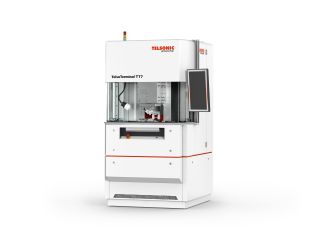
Rendering
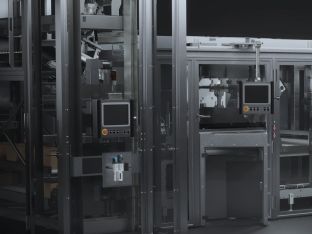
Product visualization
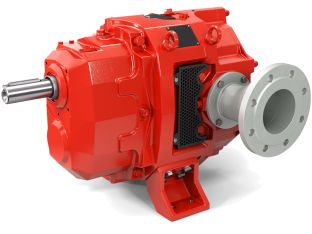
Rendering
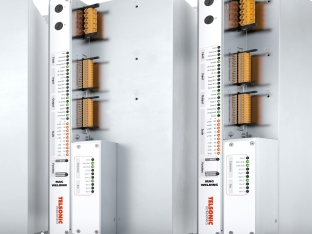
Computer Generated Imagery
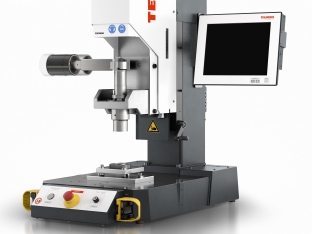
Product visualization
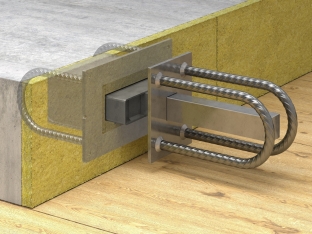
Product visualization
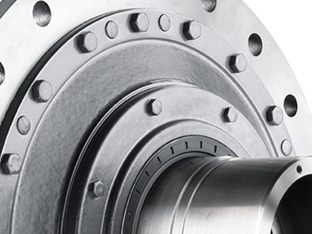
Photo-Realistic Renders
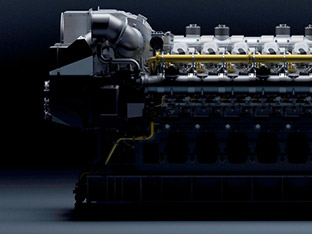
Product Presentations
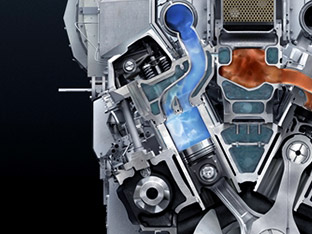
Technical visualization
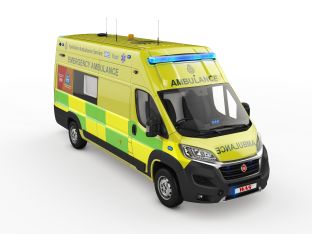
Reference: Wietmarscher Ambulance
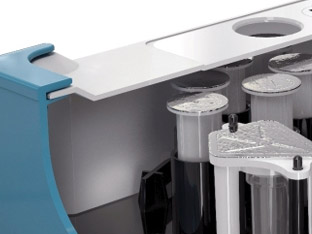
3D visualization medicine
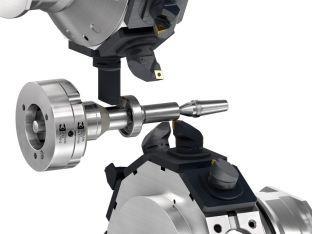
Rendering
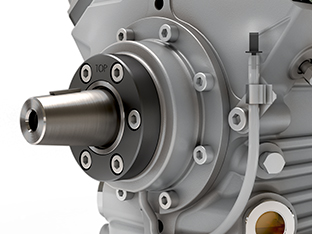
Technical visualization
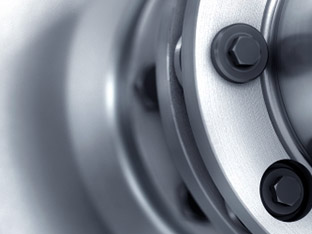
Product visualizations
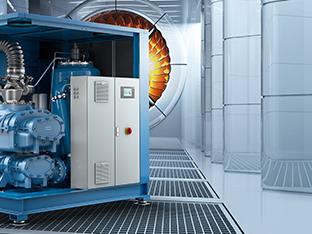
Product visualization
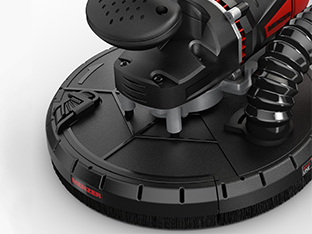
Rendering
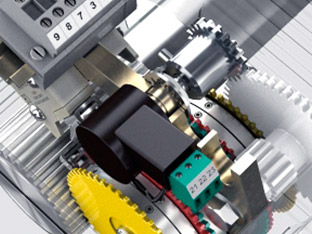
Technical visualization
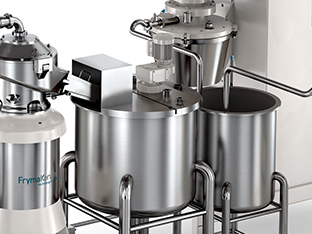
Computer Generated Imagery (CGI)
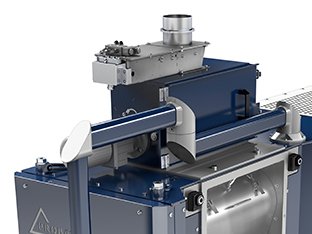
Product visualization
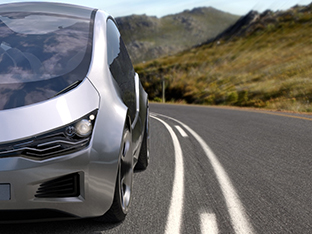
Computer Generated Imagery (CGI)
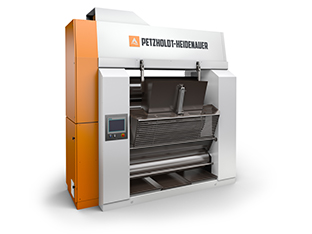
Kundenreferenz: Fotorealistische Darstellung Maschinenbau
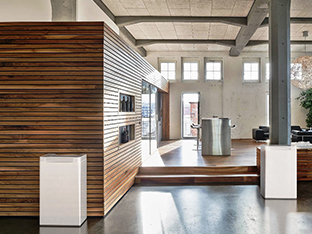
Computer Generated Imagery (CGI)
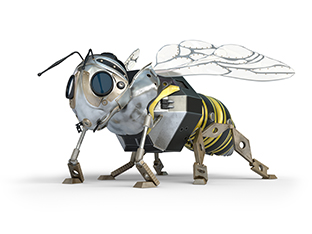
3D Visualization
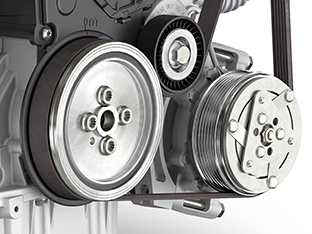
Reference: VW-Motor
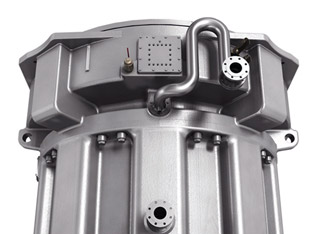
Product visualization
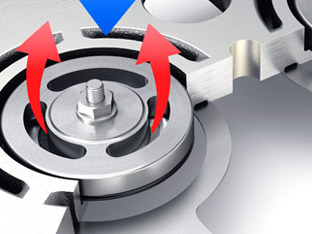
Technical visualization
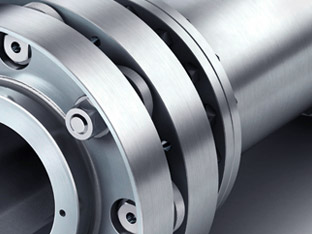
Rendering
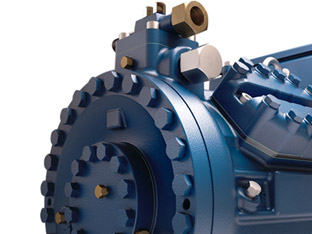
Technical visualization
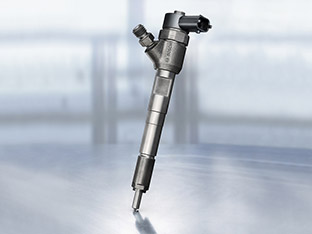
Computer Generated Imagery (CGI)
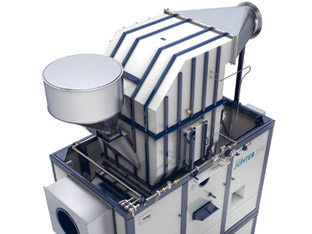
Technical visualization
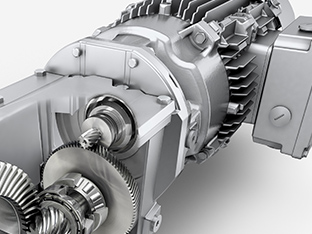
Technical visualization
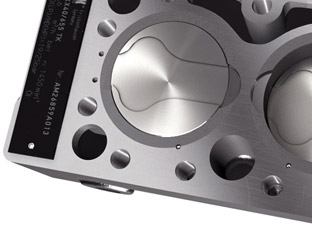
Rendering
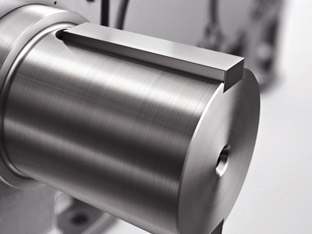
Product visualization
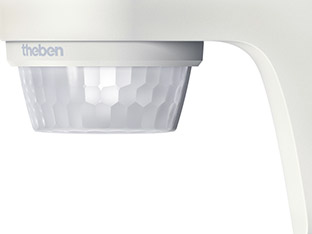
Product visualization
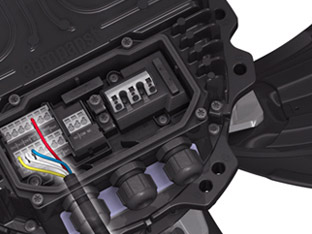
Rendering
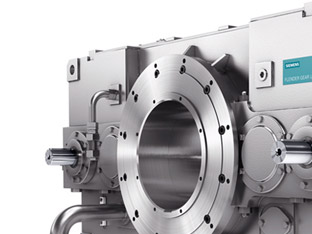
Product visualization
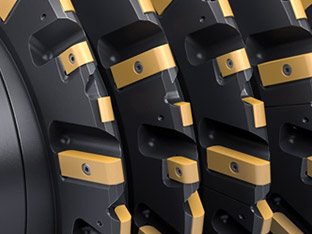
Computer Generated Imagery (CGI)
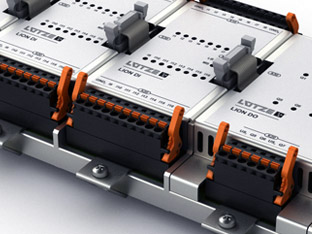
Rendering
Performance overview 3D visualization
3D product visualizations often show what does not exist yet, or what you cannot see. We depict products in such an impressively realistic quality that the difference from the original product is not recognizable.
Computer generated imagery (CGI) is a digital photo montage of 3D rendering and post-production. Here we bring products to life and give an individual touch to each single image.
One of the most important aspects for the calculation of images are light and reflections on the material. This shows the skills of every 3D agency. It is not by chance that the saying goes "to present in the right light", because it shows that one type of rendering differs from the next.
Our expertise in the field of technical visualization is based on many years of experience in technical illustration and graphics. Having an eye for the essential, from the perspective to the detail, is not a matter of course. In combination with our technical know-how, this makes us unique in the field of technical visualization.
In 3D visualization, already created 3D design data (so-called surface models) are imported into special computer programs and converted into polygon models. These are then further processed by simulating, for example, the surfaces of the respective object. If there are no 3D data models yet, the desired objects or models are designed and created as virtual models on the computer.
The decision for a 3D visualisation has a very simple reason: The classical technical drawings on paper or two-dimensional rooms, buildings or models require the viewer to have a vivid imagination. Unfortunately, few people have a perfectly distinct spatial imagination. The attempt to depict a spatial model to these people by means of a two-dimensional representation is a real challenge. This is where 3D visualization comes in. It helps people with less pronounced imagination to better imagine three-dimensional objects. A big advantage of this is that the 3D models can be individually customized, by mapping components or objects transparently or as a section cut.
This is particularly true for…
Previously, objects were often made in laborious handwork. This made their production, however, very time consuming and expensive. In addition, functions could not be animated and subsequent changes were difficult to achieve. The virtual, three-dimensional visualization of objects, buildings and products has become significantly more efficient, cheaper and more flexible thanks to computer technology. Changes can be made later on, at any time, quickly and cost-effectively.
For companies that want to demonstrate their products or services visually to their customers, virtual 3D visualizations also have unbeatable advantages:
In most cases, we can already rely on 3D design data models from our customers, which we then import into our programs and process it there according to the wishes and expectations. If a component or a model is missing which should be shown and illustrated, these models are designed and constructed by us as a 3D data model.
After a professional lighting and camera set-up, well-made 3D visualizations are hardly distinguishable from the original. They reproduce the object or product to be displayed in the smallest detail and from every perspective.
Compared to the creation of a real, original model, the costs for the creation of a virtual 3D visualization are minimal. When you also consider how flexibly the visualization can be used in marketing and sales support, your costs will have been recouped very quickly.
According to customer wishes, requirements and complexity of a project, the costs of a 3D visualization vary. The project requirements must be known in advance for a serious price information.
Then contact our agency for 3D visualization – our experts will advise you comprehensivley.
Contact & Directions
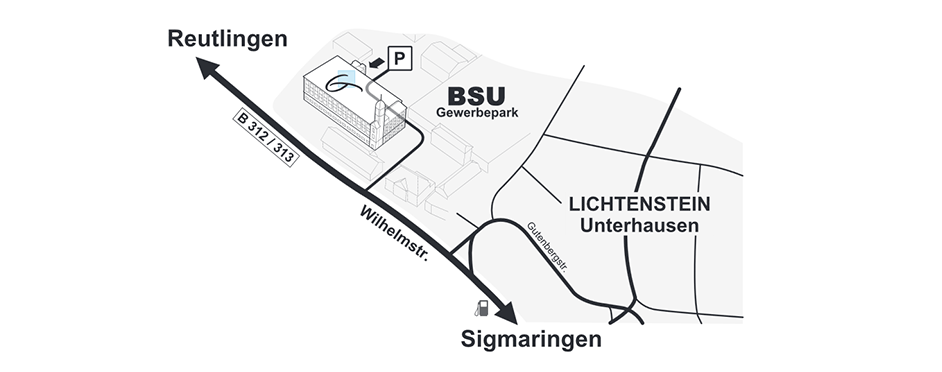
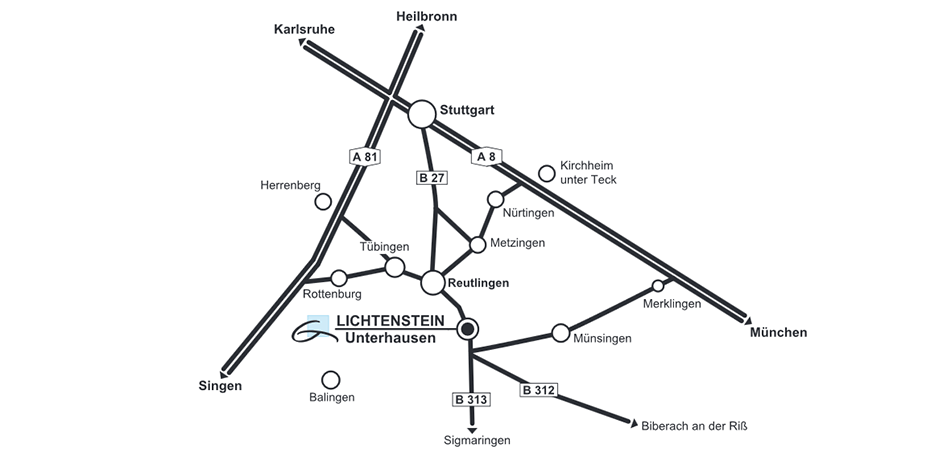
Gosetti Dokumentation & Grafik GmbH
Wilhelmstr. 162
72805 Lichtenstein
Deutschland
Tel: +49 (0) 7129 / 93 623 – 0
Fax: +49 (0) 7129 / 93 623 – 30
IHR KONTAKT UND ANSPRECHPARTNER:
Frau Kerstin Schönitz
Tel: +49 (0) 7129 / 93 623 – 15
E-Mail: schoenitz@gosetti.net